Content
- 1 1.China, 88.99 million tons of potatoes per year
- 2 2. India, 45.34 million tons of potatoes per year
- 3 3. Russian Federation, 30.20 million tons of potatoes per year
- 4 4.Ukraine, 22.26 million tons of potatoes per year
- 5 5. United States of America, 19.84 million tonnes per year
- 6 6. Germany, 9.67 million tons per year
- 7 7. Bangladesh, 8.60 million tons per year
- 8 8. France, 6.98 million tons per year
- 9 9. Netherlands 6.80 million tons per year
- 10 10. Poland, 6.33 million tons per year
- 11 History
- 12 Flag photo
- 13 Conditions and places of cultivation
- 14 Productivity in different states
- 15 Growth and Production Leaders
- 16 Export
- 17 Usage
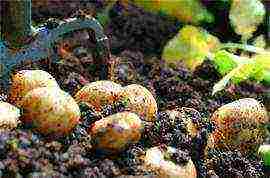
Potatoes are an important and staple food in many regions of the world. In fact, it is the fourth most eaten crop. This vegetable has its origins in the Andes, Peru and Bolivia, where it was a key part of the traditional Inca folk diet.
The Incas introduced Spanish seafarers to the potato in the 16th century, and the tuber soon spread rapidly throughout Europe. Following this, European explorers shared the potatoes with the peoples they encountered while traveling in Asia. Potatoes are one of the most widely grown crops today, and are used for many things, including alcohol, animal feed, dehydrated food (instant mashed potatoes), frozen foods (frozen fries and ready-to-eat frozen potato pancakes) , commercial starch, and of course fresh potatoes for boiling, baking and frying. Consider the largest potato producers.
1.China, 88.99 million tons of potatoes per year
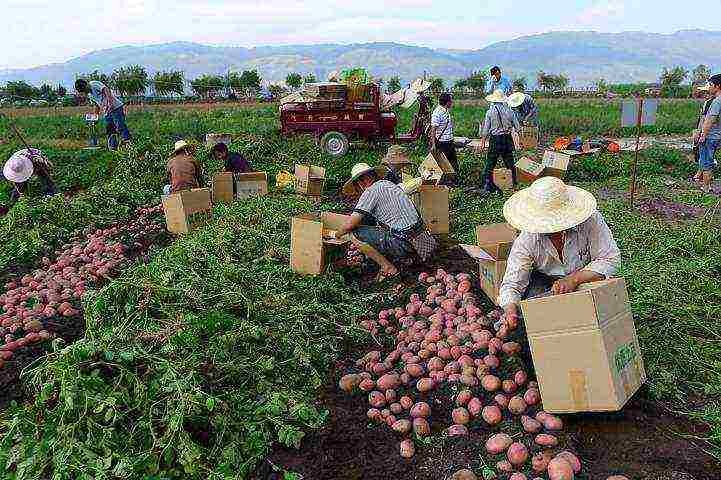
The Chinese government is seeking to increase national potato production, as potatoes are more profitable per acre than other staple crops such as grain, beans and cotton.
However, Chinese potatoes do not have high yields. Despite this, China grows 88.99 million tonnes of potatoes per year, accounting for 22% of the world's total potato production. In the past few decades, Chinese domestic demand for potatoes has been growing slowly. Only 10-15% of the crop is used for potato processing, mainly for the production of chips and frozen fries. But in Europe, potato consumption is only growing, and this is helping to further industrialize the potato industry in China.
Most of the Chinese potatoes are grown in the northern and western regions of the country. Farmers face some challenges, including lack of coordination between producers, insufficient quality of the potatoes grown, and viral seeds. As production continues to grow, large-scale farming becomes more common, while small family farms are shifting to other crops.
2. India, 45.34 million tons of potatoes per year
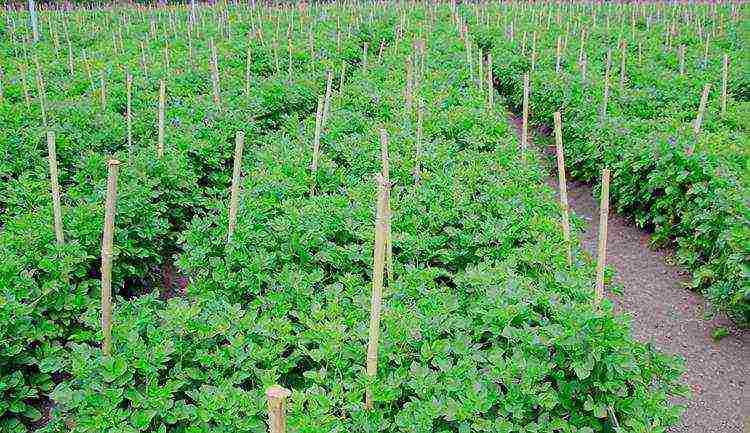
Potato production in India began to grow at an explosive rate from the mid-20th century, and increased by 850% from 1960 to 2000. India is industrializing very quickly, and as a result, more middle and upper class people achieve high income levels that allow them to eat a wider variety of foods, including fast food, where potatoes are the main staple.
Per capita potato consumption in India has increased to 17 kilograms per year, up from 12 kilograms per year in 1990. India relies mainly on small, family farms in the western part of the country to grow its potatoes. Because this vegetable requires mild temperatures during the day and cool temperatures at night, it is difficult to grow in the south. India produces 45.34 million tons of potatoes per year.
3. Russian Federation, 30.20 million tons of potatoes per year
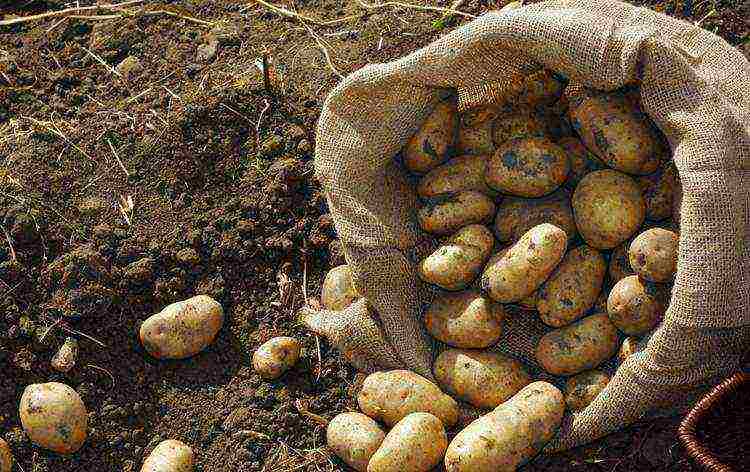
In Russia, potato production declined dramatically after the collapse of the Soviet Union in the early 1990s, and farms are no longer socialized under the government. In fact, only 13 percent is produced by agricultural enterprises, while 79 percent is produced by individual households, where the cultivation of crops takes place directly in their courtyards in the countryside. These families will either consume their own crops or sell them at local farmers' markets.
Due to the northern location of Russia and the cool climate, potato cultivation is not limited to one region, it is scattered throughout the country. However, recently a number of large farms have appeared, operating near Moscow. These large farms are starting to make enough money to invest in high-tech planting, harvesting and storage equipment. Russia produces about 30.20 million tons of potatoes per year.
4.Ukraine, 22.26 million tons of potatoes per year
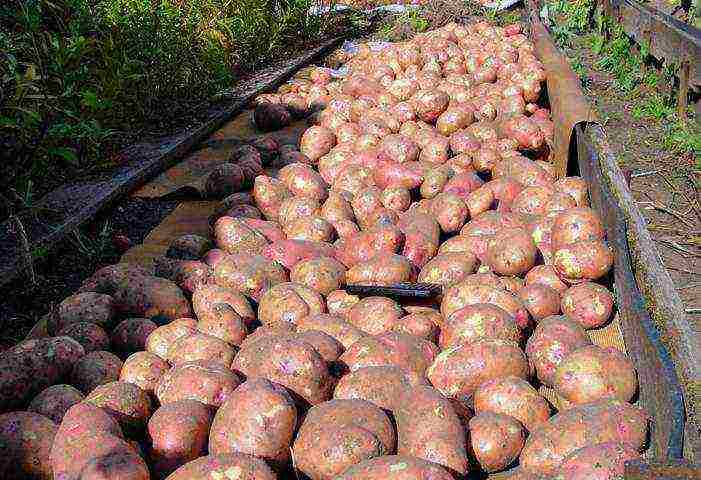
Ukraine produces 22.26 tons of potatoes per year. Historically, Ukrainians mainly grow potatoes in order to then use starch in the production of alcohol.
Potatoes have become a staple in the Ukrainian diet since the early 20th century. Today, per capita consumption is 136 kilograms per year - one of the highest in the world. Ukraine has 30% of the world's "black earth". The type of soil is well suited for agriculture and hence the potato crops have exceptionally high yields. However, Ukraine has many problems with crop pests and diseases. Individual households are responsible for the growth of as much as 97% of potatoes in Ukraine. These families then sell their crops to large distributors.
5. United States of America, 19.84 million tonnes per year
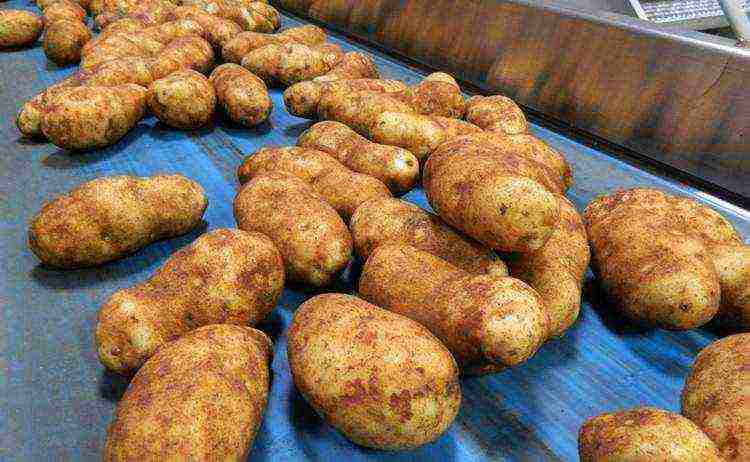
Potatoes are the leading vegetable crop in the United States of America, accounting for 15% of all farm vegetable sales. In the United States, about 19.84 million tons are grown annually, more than half of this potato is used for the production of starch, chips, animal feed and other processed products.
The US has a surplus of trade in potatoes, with exports to countries such as Japan, Canada and Mexico. This surplus, for example in 2009, resulted in net export earnings of US $ 180 million. In 1974 there were 51,500 farms, but in 2007 there were only 15,014 farms. The northern states of Idaho and Washington produce about half of the country's potatoes, due to their mildly cool climates.
6. Germany, 9.67 million tons per year
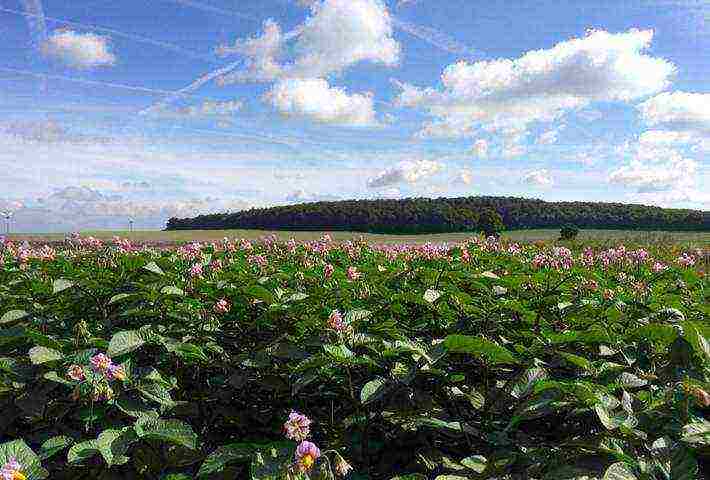
The potato first appeared in Germany in the 16th century, but it was used almost exclusively for animal food, until famine in the 1770s forced people to adopt the culture. At that time, the German government began to promote cheap crops as an excellent food source for people.
Although German potato production has been declining since the 1960s, the country remains the largest potato producer in northwest Europe. As in many other countries, there has been a steady consolidation of the potato industry in Germany over the past few decades. However, the cultivation of potatoes in the sown area has remained practically at the same level. Germany produces 9.67 million tons of potatoes per year.
7. Bangladesh, 8.60 million tons per year
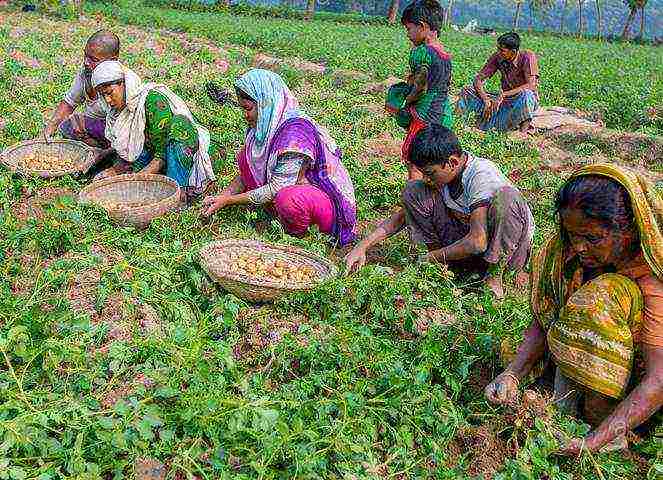
Potato production in Bangladesh has grown very rapidly over the past few decades. This is surprising because Bangladesh has one of the highest population densities in the world, 1.101 people per square kilometer. As a result, fields are difficult to find.
At the same time, potatoes have become an important dietary product for their people, and are the third most important product in terms of tonnage. Bangladesh produces 8.60 million tons per year.
8. France, 6.98 million tons per year
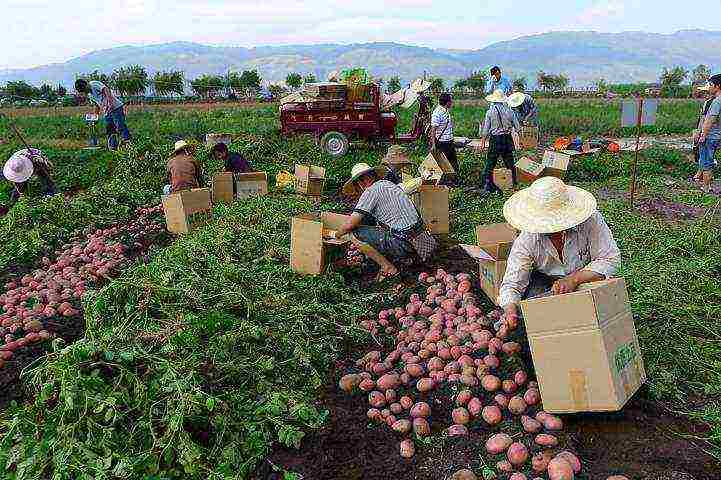
The French potato industry has remained largely unchanged over the past few decades. Despite a slow decline in domestic consumption, potatoes remain the most popular vegetable in the country.
In France, there is also a consolidation among farmers, now 22% of producers produce 80% of the total potato crop. About a quarter of the potatoes grown in France are processed, and the potato processing industry is also underdeveloped.
9. Netherlands 6.80 million tons per year

Despite the trend towards agricultural consolidation, as in other European countries, the Netherlands produces on average fewer potatoes on farms than any other country in Europe, driven by the expansion of the domestic market.
The Netherlands has the highest potato yields in the world in relation to potato field acreage, and the Netherlands is also the world's number one supplier of high quality potato seeds. This country was the largest European exporter of potatoes until recently, until it was bypassed by Germany and France. Holland produces 6.80 million tons per year.
10. Poland, 6.33 million tons per year
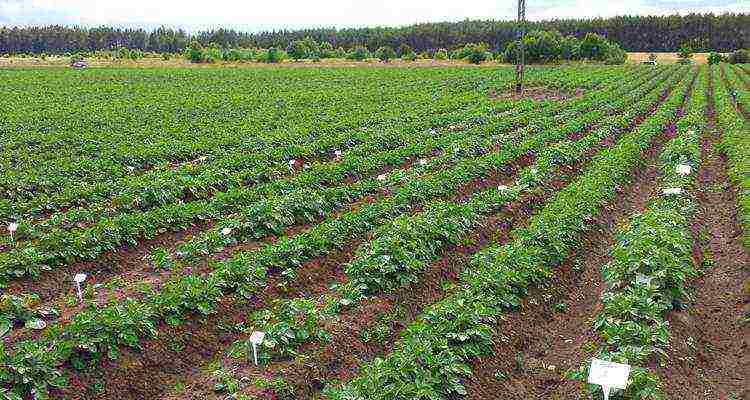
In the 1970s, Poland was the second largest potato producer (after the USSR). About half of its harvest was used for agricultural feed, and about a quarter was used for direct human consumption.
However, since the 1990s, production has been gradually declining. This is because the price of potatoes is falling, pork production is decreasing in Poland itself, and a lot of potatoes are used for fattening pigs. But even with problems, the potato industry in Poland produces 6.33 million tons of potatoes annually.
Have you ever wondered which countries grow the most potatoes? In theory, these should be places where potatoes are the main dish in the diet of residents. For example, Ireland, Poland or Belarus. But what about China, India and North Korea?
A map produced by the Consultative Group on International Agricultural Research (CGIAR) shows potato yields as% of each country's total crop.
Looking at the map, the following conclusions can be drawn:
- although the South American Andes are recognized as the homeland of the potato, it is not so popular here. For example, according to Peru it is ranked only 17th in the list of the largest potato producers;
- in Ireland, potatoes occupy far from the largest sown areas, and the country did not even make it to the 25 largest producers;
- Russia is in third place in potato production - after China and India;
China - the world leader in this indicator - annually grows more potatoes than India and Russia combined; - in the USA, potatoes are grown in only a few states, which does not prevent this country from occupying the 5th place in production;
- in 2012, 365 million tons of potatoes were grown in the world, that is, 50 kg per person.
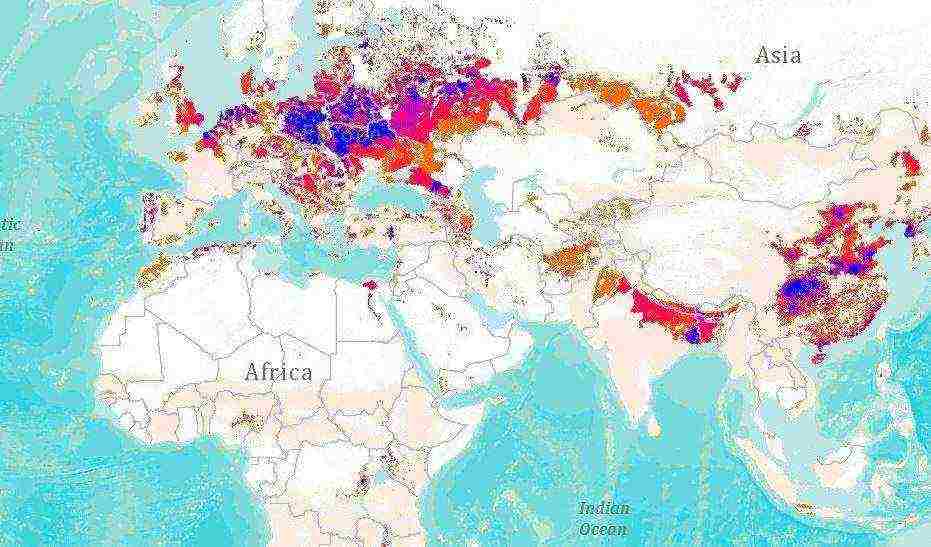
History
Where on the planet did potatoes first start to grow? Native potato from South America, where you can still find his wild-growing ancestor. Scientists believe that the ancient Indians began to domesticate this plant about 14 thousand years ago. It came to Europe in the middle of the 16th century, brought by the Spanish conquistadors. At first, its flowers were grown for decorative purposes, and the tubers were used to feed livestock. Only in the 18th century they began to be used for food.
The appearance of potatoes in Russia is associated with the name of Peter I, at that time it was an exquisite court delicacy, and not a mass product.
Potatoes became widespread later, in the second half of the 19th century.... This was preceded by "potato riots" caused by the fact that the peasants, forced to plant potatoes by order of the tsar, did not know how to eat them and ate poisonous fruits rather than useful tubers.
We also recommend watching a video about the history of potatoes:
Flag photo
And this is how the flag of the country in which they began to cultivate potatoes looks like.
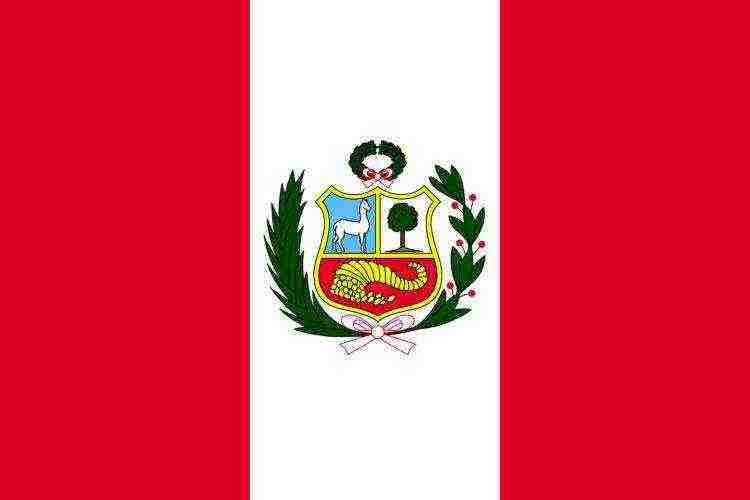
Conditions and places of cultivation
Now potatoes can be found on all continents where there is soil.... Areas of temperate, tropical and subtropical climates are considered the most suitable for growth and high yields. This culture prefers cool weather, the optimum temperature for the formation and development of tubers is 18-20 ° C. Therefore, in the tropics, potatoes are planted in the winter months, and in the middle latitudes in early spring.
In some subtropical regions, the climate allows potatoes to be grown all year round, with a dew cycle of only 90 days. In the cooler conditions of Northern Europe, harvesting usually takes place 150 days after planting.
In the 20th century, European countries were the world leader in potato production... Since the second half of the last century, potato growing began to spread in the countries of Southeast Asia, India, and China. In the 1960s, India and China jointly produced no more than 16 million tons of potatoes, and in the early 1990s, China came out on top, which continues to this day. In total, more than 80% of the total world harvest is harvested in the countries of Europe and Asia, with a third of it coming from China and India.
Productivity in different states
An important factor for agriculture is crop yield. In Russia, this figure is one of the lowest in the world, with a planting area of about 2 million hectares, the total harvest is only 31.5 million tons. In India, 46.4 million tons are harvested from the same area.
The reason for such a low yield is the fact that more than 80% of potatoes in Russia are grown by so-called unorganized smallholders. Low level of technical equipment, rare protective measures, lack of high-quality planting material - all this affects the results.
High yields are traditionally distinguished by European countries, the USA, Australia, Japan.... This is primarily due to the high level of technical support and the quality of the planting material. The world record for yields belongs to New Zealand, where it manages to harvest an average of 50 tons per hectare.
Growth and Production Leaders
Here is a table with the designation of countries that grow root crops in large quantities.
| Country | Quantity, million tons | Planting area, million hectares | Productivity, tons / ha |
| China | 96 | 5,6 | 17,1 |
| India | 46,4 | 2 | 23,2 |
| Russia | 31,5 | 2,1 | 15 |
| Ukraine | 23,7 | 1,3 | 18,2 |
| USA | 20 | 0,42 | 47,6 |
| Germany | 11,6 | 0,24 | 48 |
| Bangladesh | 9 | 0,46 | 19,5 |
| France | 8,1 | 0,17 | 46,6 |
| Poland | 7,7 | 0,28 | 27,5 |
| Holland | 7,1 | 0,16 | 44,8 |
Export
In international trade, the world leader is Holland, which accounts for 18% of all exports. About 70% of Dutch exports are raw potatoes and products made from them.
In addition, the country is the largest supplier of certified seed potatoes. Of the three largest manufacturers, only China was in the top 10 exporters, which ranks 5th (6.1%). Russia and India practically do not export manufactured products.
| Country | Exports, million $ (% of world exports of raw potatoes), 2016 |
| Holland | 669,9 (18%) |
| France | 603,4 (16,2%) |
| Germany | 349,2 (9,4%) |
| Canada | 228,1 (6,1%) |
| China | 227,2 (6,1%) |
| Belgium | 210,2 (5,7%) |
| USA | 203,6 (5,5%) |
| Egypt | 162 (4,4%) |
| Great Britain | 150,9 (4,1%) |
| Spain | 136,2 (3,7%) |
Usage
According to international organizations, approximately 2/3 of all potatoes produced in one form or another are consumed by people, the rest is used for livestock feed, for various technical needs and for seeds. In the area of global consumption, there is now a shift from eating fresh potatoes to processed foods such as french fries, chips, and mashed potato flakes.
In developed countries, consumption of potatoes is gradually decreasing, while in developing countries it is steadily increasing.... Inexpensive and unpretentious, this vegetable allows you to get good harvests from small areas and provide the population with useful food.Therefore, potatoes are increasingly planted in areas with limited land resources and surplus, year by year expanding the geography of this crop and increasing its role in the world agriculture.
A decorative flower, a cure for all diseases, a poison that exterminates insects, a stain remover, a universal fertilizer, and finally, food raw materials from which you can make bread, starch, powder, butter, wine, coffee, yeast, chocolate, etc. etc. - isn't it tempting to have such a wonderful product?
It turns out that there is nothing simpler - after all, we are talking about the most ordinary potatoes. And all this magnificent "bouquet" of its merits was made up by Russian journalists of the late 18th century. Such a stunning was needed in order to popularize potatoes among the population.
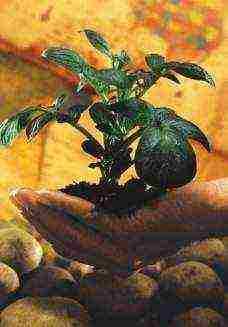
10 and 1 question about THIS
1. Where and when did people start growing potatoes?
“Potatoes were first grown in the vicinity of Lake Titicaca on the Peruvian-Bolivian border about 8,000 years ago.
2. Where are potatoes grown today?
- Worldwide! Potato growing has spread to the Chinese Yunnan Plateau and to the subtropical lowlands of India, in the equatorial mountains of Java and in the steppes of Ukraine ...
3. How many varieties of potatoes are there?
- The International Potato Center reports 7,500 different varieties of potatoes (1950 of them wild).
4. How many potatoes are produced in the world annually?
- In 2006, potato farmers have grown 315 million tons of potatoes!
5. Are potatoes an important food crop?
- Yes. It is the 4th most important agricultural crop after corn, wheat and rice.
6. Which country grows the most potatoes?
- China is the world's largest potato producer, followed by Russia and India.
7. What is the area of fields planted with potatoes on the planet?
- According to experts, potatoes are grown on 195,000 square kilometers of agricultural land.
8. How long does it take to grow potatoes?
- It depends on the climate. In the tropics, farmers can harvest potatoes 90 days after planting. In cold regions, this can take up to 150 days.
9. Is it true that potatoes can be poisonous?
- Potato poisoning is very rare. But the green areas of the tuber and the leaves of the plant contain a toxic component. By cutting out the green areas and peeling the potatoes before cooking, you can get a completely usable dish.
10. How many kilograms of potatoes do people eat per year?
- It depends on the region. In Europe, people consume about 96 kg of potatoes per year. In developing countries, consumption is about 21 kg per capita per year, but this figure is constantly growing.
+1. What is the most expensive potato variety?
- "La Bonnotte" is the most expensive potato in the world. Enterprising peasants on the islet of Noirmoutier (French) harvest no more than 100 tons of this variety per year. The Divine Tuber is extremely delicate and can only be harvested by hand. It will cost the most sophisticated gourmets 500 euros per kilogram, and this price is growing!
Kefir pancakes with potatoes
 0.5l kefir
0.5l kefir
500 g mashed potatoes
egg - t pcs
flour, soda
onion - 1 onion
vegetable oil
salt
Peel the onion, cut into small cubes and fry with 1 tbsp. vegetable oil, mix with mashed potatoes.
Beat the egg with salt. Sift flour with a slide on the work surface, make a depression, pour an egg and kefir into it, add soda. Knead a soft dough, divide it into small, a little more than 2 tablespoons, balls. Roll each ball into a cake, in the center of which put about 1 tbsp. l. mashed potatoes with onions. Raise the edges of the cake up, connect, shape the cake, and then roll it out again in the form of a cake. Fry in a skillet in hot vegetable oil, on both sides, until golden brown. Serve with marinades and pickles.Enjoy your meal!


